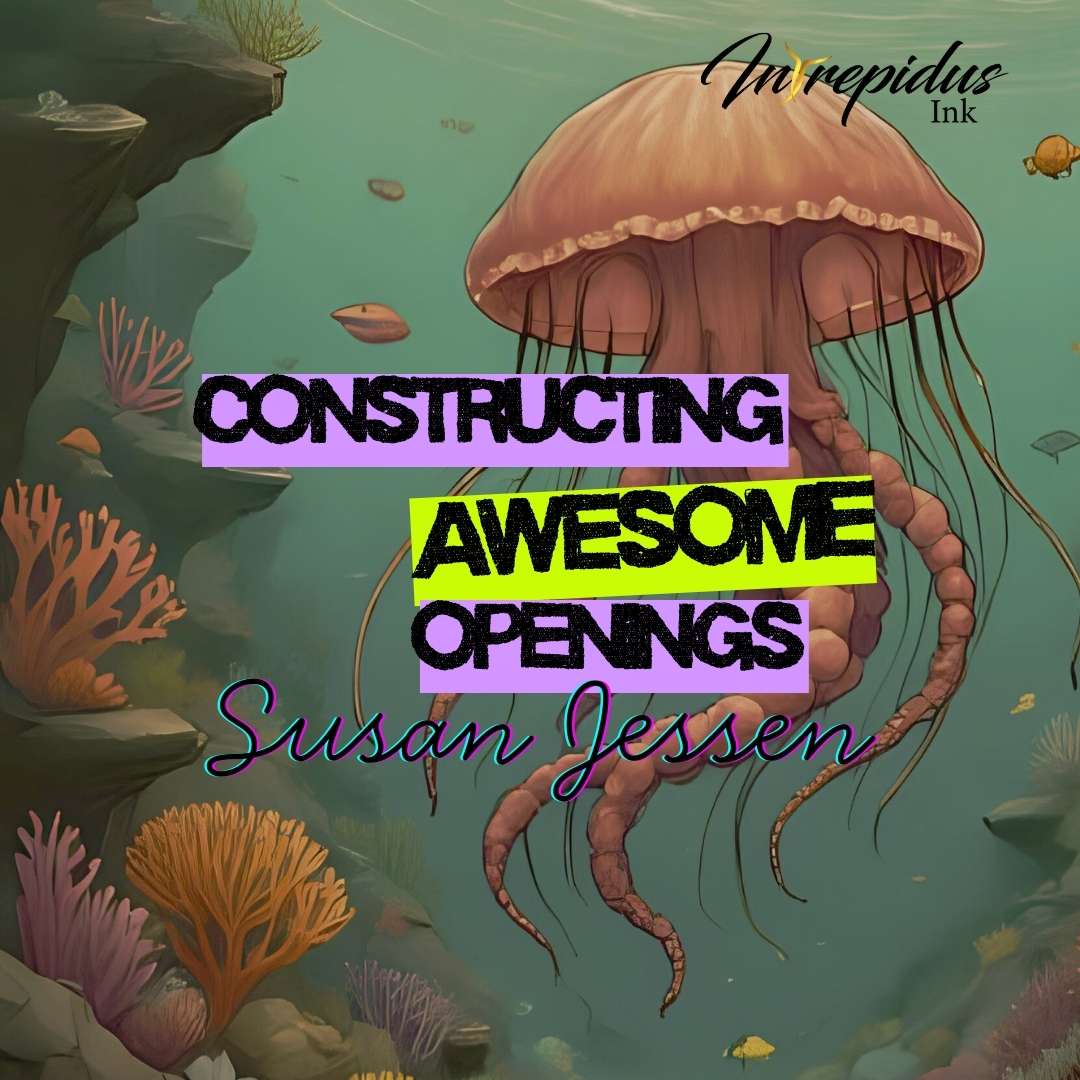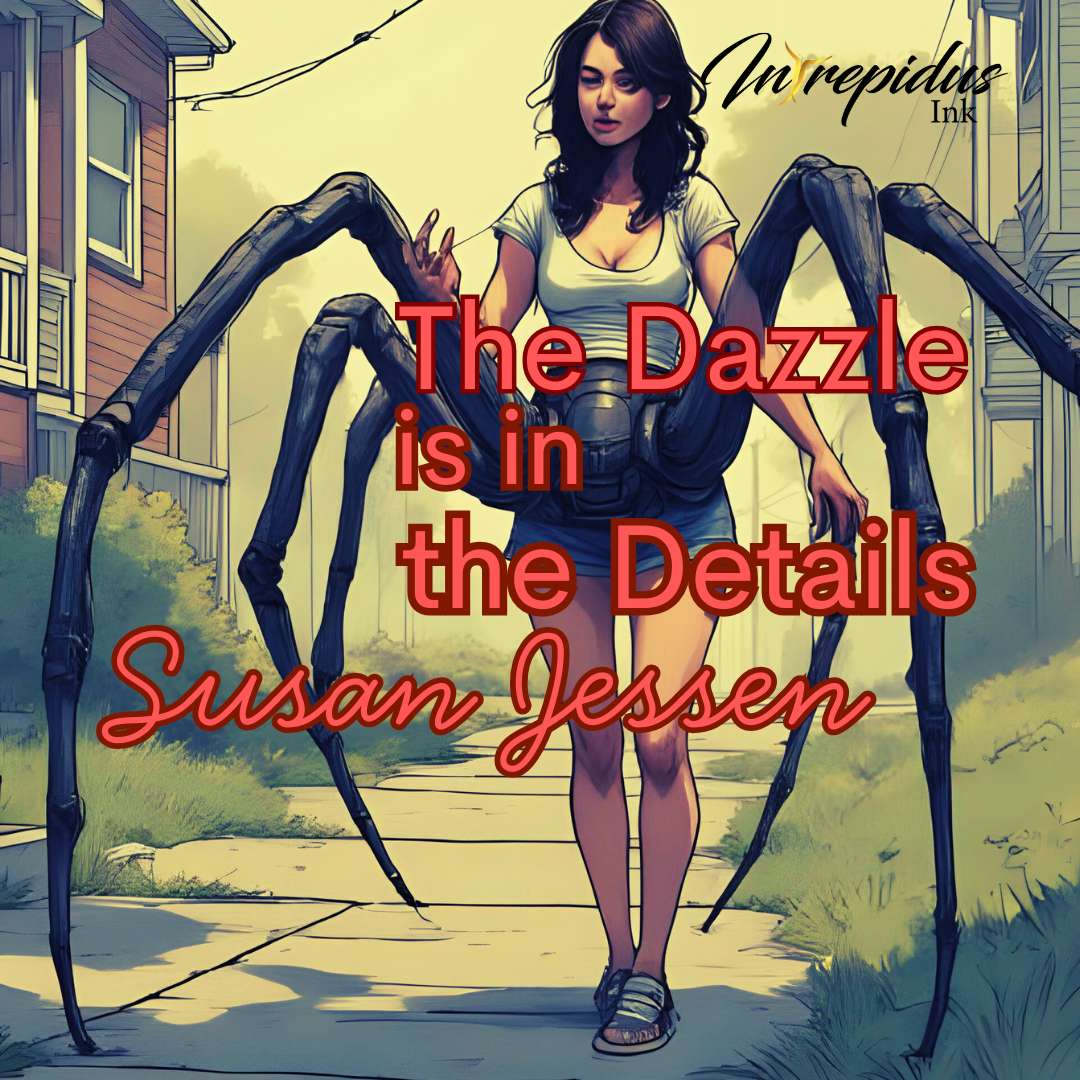
Do your story’s action moments lack drive, relevance, or emotion? Do you worry your action language doesn’t inspire urgency? Great action writing takes time and practice. Begin by focusing on character goals, theme and setting, and language to make your action moments pop.
CHARACTER GOALS IMPACT ACTION WRITING
Character goals give life to your action stories and moments. Goals drive characters—and the story—forward. Try the engine of cause and effect writing to achieve the best results.
Cause is an action/event—why something happens—and effect is the result or consequence of the action. Together, cause and effect propel a story forward. Cause and effect set a story’s pace, dole out information, and connect plot points. An example of cause and effect in action writing is Maureen Bowden’s “Daphne and the Driftwood,” published by Intrepidus Ink on October 4, 2023. On page one, Bowden instills in Daphne a clear-cut goal, kickstarting the action: She had to rescue Ari. Where to start?
The story cause, or action, is a kidnapping: Bad guys steal Daphne’s beloved. The effect or consequence of the abduction is that Daphne acts by launching a rescue mission to the (decidedly unfriendly) planet Nyx. Cause and effect structures shed light on the situation, revealing Daphne’s next moves: Think, Daphne, think. They’re going off planet. They’ll head for the transporter station on Puffin Island after boarding the ferry at the docks. The freeway on which she stood would take her there. She needed a lift.
Daphne rockets forward with the story (and hooks readers).
USE THEME AND SETTING
Action often includes speeding cars (or space transports), fights, and exploding ordnance. While action is exciting, a chase or fight is monotonous—even emotionally dry—unless blended with character goals, theme, and setting.
To rescue her beloved, Daphne must sneak unseen onto planet Nyx. “Unseen” is an underlying story theme—physically unseen and unseen as a leadership critique. The theme is represented (cleverly) by sacks. Daphne encounters the sacks when she jumps into the back of a moving truck and meets her ally, Rab. Later, when Rab describes how they’ll hide on an interplanetary transport and get to Nyx undiscovered, he tells her, “Look for sacks. They’re everywhere, and people don’t look under them.” Thus, Bowden connects the “unseen” theme to Daphne’s goals.
Bowden folds in the setting, too. Daphne describes Nyx as having a black shale surface and the surroundings as follows: An ugly concrete building stood opposite the transporter station. She could see a large red button close to its entrance. The button detail is small but effective. Daphne strolled towards the alarm, ignoring her pounding heart. When Bowden shoves Daphne into danger, the button creates tension, jacks up the stakes, and jitters readers’ pulses: Will she or won’t she make it?
CHOOSE LANGUAGE—AND STYLE—WISELY
Surprise and delight your readers with language and prose style to sharpen action moments. “Show” readers to immerse them in an experience, but “tell” them about events to summarize the situation or contract time and increase urgency. Bowden uses both methods but relies on shorter, no-frills sentences to increase pacing during Daphne’s highest action moments: She reached for the alarm and hit it with her fist. A blaring, blood-chilling whine hurt her ears. Panic erupted. And here: Rab reached them and lunged at the slaver.
IN SUMMARY:
There’s much to learn about action writing, but applying the basics of goals, theme/setting, and language will help you get started.
And don’t forget: We’re open, and we want your gutsy words.

Author Bio
Rhonda Schlumpberger is the founder and Editor in Chief of Intrepidus Ink, a magazine of intrepid culture. She is a NYC Midnight Contest judge and formerly an Orion’s Belt editor, Flash Fiction Magazine priority editor, Space and Time Magazine reader, and Entangled Publishing Intern. She holds an MA in English and Creative Writing and an MFA in Writing Popular Fiction. Rhonda is a speculative and contemporary fiction author, with stories appearing in Roi Faineant Press, Space and Time Magazine, New Flash Fiction Review, All Worlds Wayfarer, and various anthologies. She is a Long Form Fiction Pick of the Week and a Fall 2024 Writing Battle House Honorable Mention. Her best advice is to drink coffee doctored lavishly with hazelnut creamer. On X, Bluesky & Instagram @intrepidusink.


